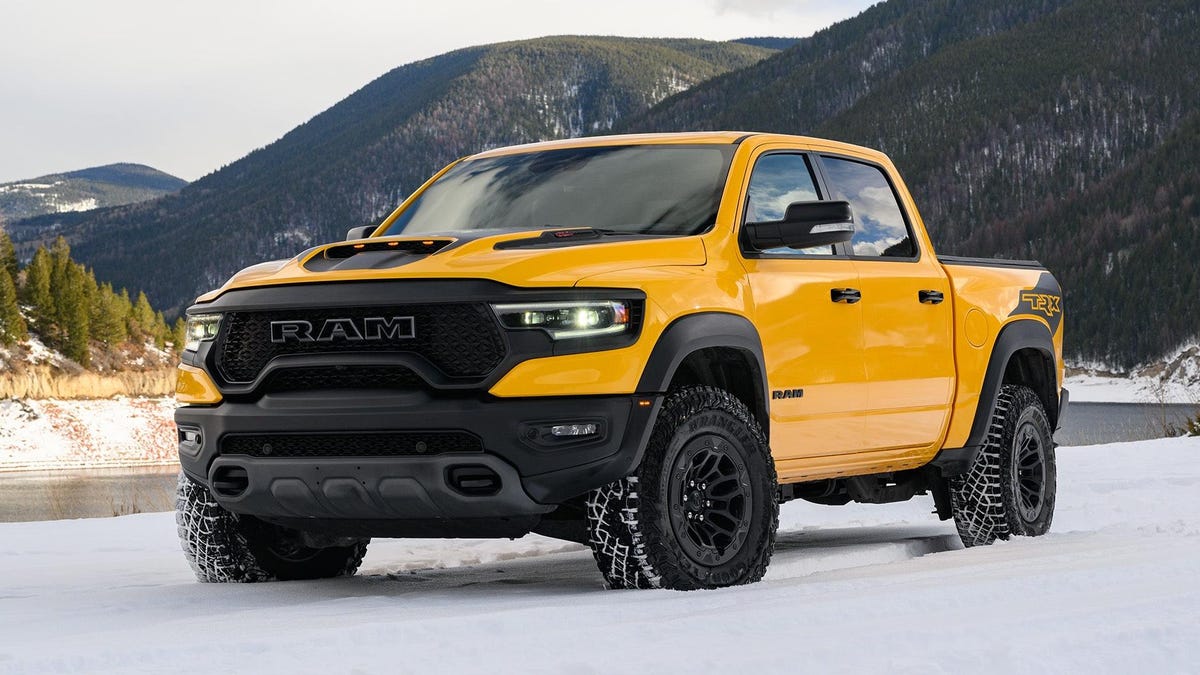We write a lot about pedestrian safety here, and it’s not because we hate cars. It’s because we generally believe that killing people is bad, and it doesn’t somehow become less bad if you kill someone with your car instead of a gun. Also, we want to live in a world where you can cross the street without having to worry that you’re going to die.
Unfortunately, we live in the U.S., a country that doesn’t care how many people drivers kill every year, and any time someone gets hit, the blame is inevitably shifted away from the driver because how dare someone be outside of a car in a place where a driver might be able to hit them. Add in our love of big trucks and SUVs, and it’s no wonder that road deaths in this country continue to get worse every year.
And yes, the type of vehicles on the road absolutely matters. It’s going to hurt if you get hit by a Corvette doing 35 mph, but it’s going to hurt a whole lot more if you get hit by a Ram TRX going the same speed. Additionally, there’s very little chance that you’ll be thrown under the Corvette when it hits you, whereas, with the TRX, there’s a good chance you’ll get thrown to the ground and run over.
But how do we realistically start turning things around? It would be great to be able to magically transform every U.S. town and city into a highly walkable area with great bike infrastructure and no need to drive, but much like the second-generation Tesla Roadster, magic isn’t real. Are we just stuck with more and more people dying in the streets every year? Not necessarily.
Recently, Ars Technica published an article by Kevin J. Krizek, a professor of sustainable planning and urban design at the University of Colorado, focused on answering exactly that question. One important point is that pedestrian-friendly, well-designed cities such as Amsterdam and Copenhagen haven’t always been that way just because they’re old. They responded to grassroots movements that pressured city officials to make changes for the better. Today, many areas of those cities look nothing like they did in the 1970s.
Large-scale change is difficult and takes time, but there are also a number of things that local governments can do to discourage the use of massive vehicles and promote pedestrian safety:
- Creating prioritized parking spaces closer to stores for all forms of mobility that are narrow or less than 8 feet (2.5 meters) long.
- Using posts or bollards, which can be removable, to limit vehicle access to commercial areas and neighborhoods where pedestrians, bikes, and smaller cars get priority.
- Radically narrowing travel lanes on streets to force traffic to slow down and free up space for wider sidewalks and bike lanes.
- Limiting or ending vehicle access to streets near schools and economically vibrant commercial districts, either permanently or at high-use times of day.
Would such changes make things less convenient for drivers? Sure. But you know what’s even more inconvenient? Getting hit by a car just because you dared to cross the street to get to a restaurant.
There’s a lot more to the article, and we highly recommend you check out the rest of it here.

